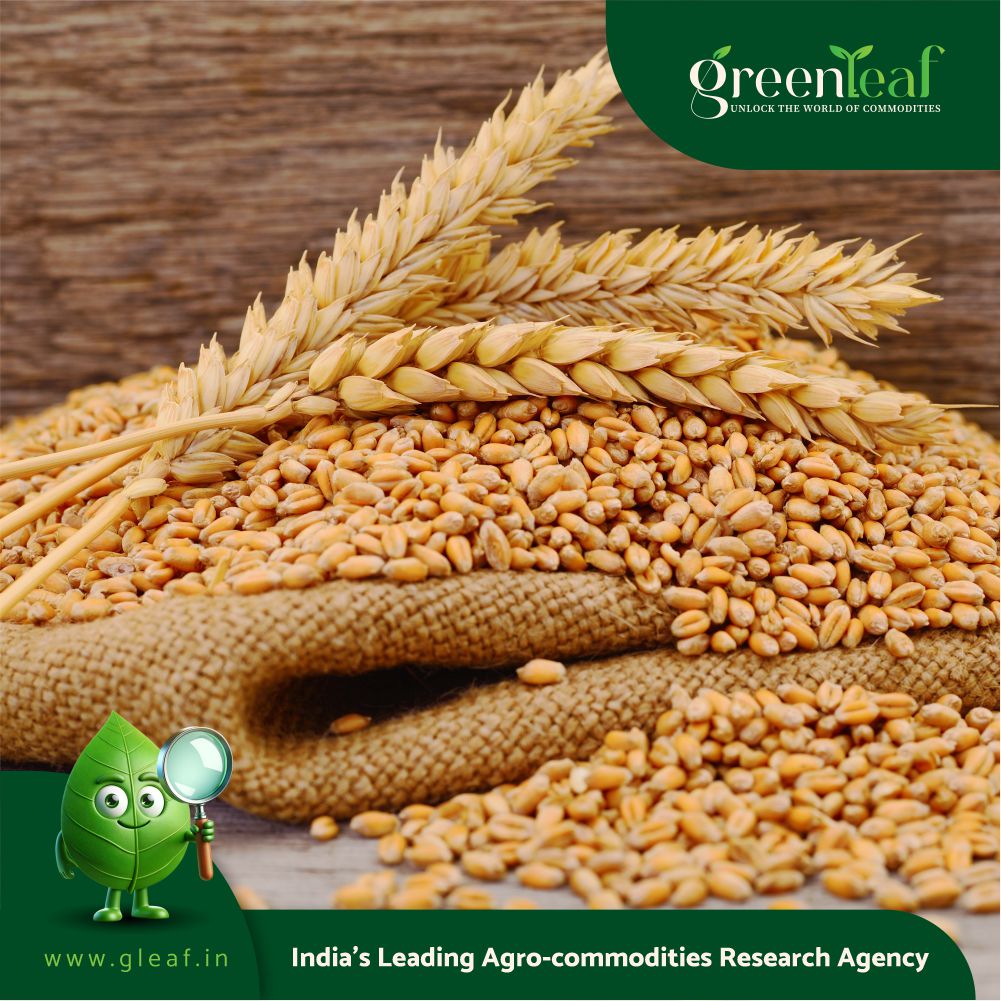The central government has increased the reserve prices of wheat and rice to be offloaded to private traders from its strategic reserves by about 11 per cent and 3 per cent respectively over the last fiscal (2024-25). Reserve price is the minimum price at which the Food Corporation of India (FCI) – the statutory body that procures, stores, and distributes foodgrains through the Public Distribution System (PDS) – sells from the Central Pool under the Open Market Sale Scheme-Domestic (OMSS-D). The scheme is used by FCI to offer grains, mainly wheat and rice, in the open market by e-auction as a mechanism to ensure supply and control food inflation. Why is the increase in the reserve price of India’s main cereals important? The Department of Food and Public Distribution (DFPD) under the Ministry of Consumer Affairs, Food and Public Distribution, which has fixed the reserve prices of wheat and rice, has not announced what quantities of these grains will be sold in the open market. That will be decided by FCI. WHEAT: On July 10, the DFPD fixed a reserve price of Rs 2,550 per quintal for wheat to be sold to private parties through e-auctions; central cooperative organisations (such as NAFED, NCCF, and Kendriya Bhandar) for sale under the ‘Bharat’ brand; and to community kitchens. This reserve price is for wheat of all crop years including the current rabi marketing season (RMS) 2025-26, and will be valid until June 30 next year. It is 10.86 per cent higher than the reserve price fixed in the last fiscal (2024-25), which was Rs 2,300 per quintal. RICE: The reserve price of rice has been fixed in the range of Rs 2,320 to Rs 3090 per quintal, depending on who the buyer is. The existing reserve prices of rice will continue until October 31. From November 1, the reserve price of rice containing 25 per cent broken grains for sale to private parties and cooperatives/ cooperative federations by e-auction will be Rs 2,890 per quintal. This is 3.21 per cent more than the existing reserve price of Rs 2,800 per quintal. The reserve price of rice for sale to state governments and their corporations, and to ethanol distilleries for production of ethanol will increase to Rs 2,320 per quintal from the existing Rs 2,250 per quintal. And the reserve price for sale of custom milled rice (CMR) with 10% broken rice under the Rice Milling Transformation Scheme in the open market to private parties through e-auction has been raised to Rs 3,090 per quintal from Rs 3,000 per quintal. COARSE GRAINS: The reserve price for the sale of bajra to private parties through e-auction has been fixed at Rs 2,775 per quintal, ragi at Rs 4,886 per quintal, jowar at Rs 3,749 per quintal, and maize at Rs 2,400 per quintal. Why the increase in prices The Ministry has said that the 3 per cent increase in the reserve price of rice is in line with the increase in the minimum support price (MSP) of paddy. The MSP for paddy (common) and paddy (Grade A) have been fixed at Rs 2,369 and Rs 2,389 per quintal – 3 per cent higher than the last season. However, the increase in the reserve price of wheat is higher than the increase in its MSP. The MSP for wheat was increased by 6.59 per cent – to Rs 2,425 per quintal for RMS 2025-26 from Rs 2,275 per quintal in 2024-25. BUMPER CROP, BETTER PROCUREMENT: Wheat production reached a record high of 117 million tonnes in 2024-25, the third advance estimates of production of foodgrains released by the Agriculture Ministry on May 28 show. Government procurement for the central pool too was higher compared to the previous season. In the current RMS 2025-26, wheat procurement had reached 30 million tonnes by July 6, higher than the 26.5 million tonnes of last year. SUFFICIENT STOCKS: India’s granaries are full. Rice stocks are at record levels, and wheat stocks are at their highest level in the last four years. According to FCI data, 37.9 million tonnes of rice and 36.9 million tonnes of wheat was available in the central pool as on June 1. Another 32.2 million tonnes of unmilled paddy (rice in husk) and 0.45 million tonnes of coarse grains were available. With an encouraging outlook for kharif in view of higher sowing and a good monsoon, the government has the scope to offload wheat and rice in the open market. This will also keep in check the inflationary trends in foodgrains.















